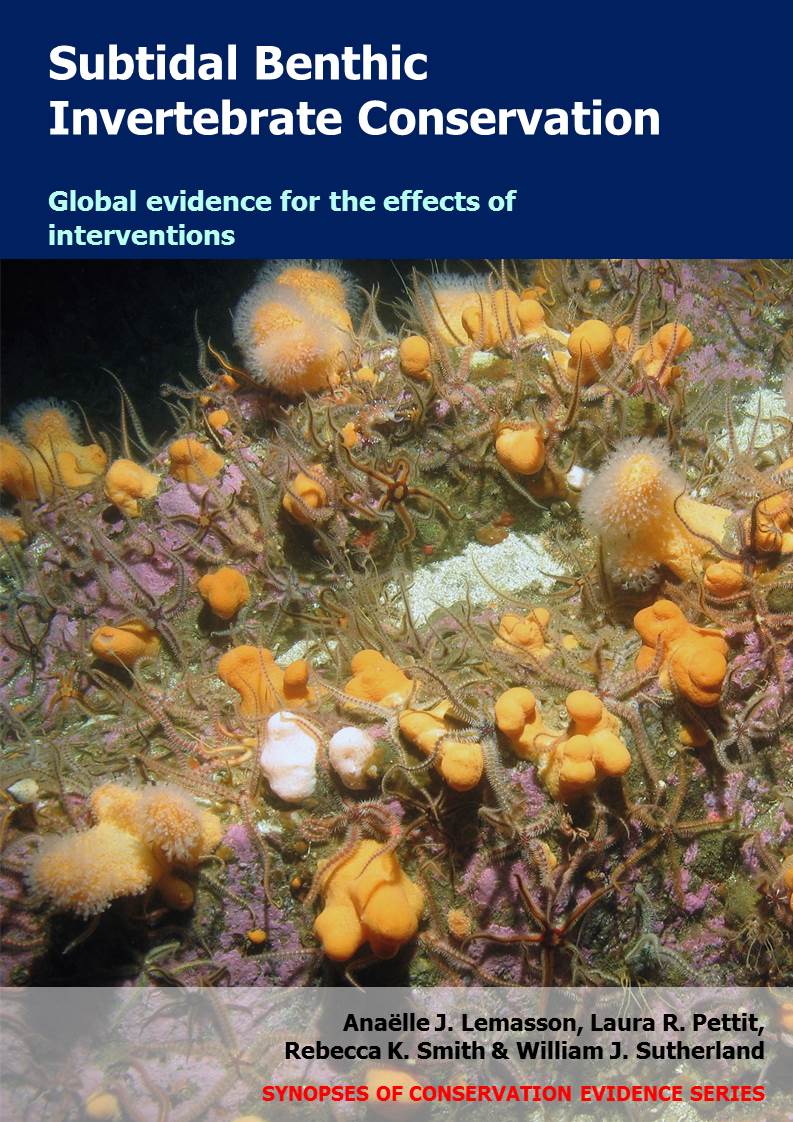Locate artificial reefs near aquaculture systems to benefit from nutrient run-offs
-
Overall effectiveness category Unknown effectiveness (limited evidence)
-
Number of studies: 2
View assessment score
Hide assessment score
How is the evidence assessed?
-
Effectiveness
35% -
Certainty
24% -
Harms
0%
Study locations
Supporting evidence from individual studies
A controlled study in 1999–2000 of two artificial reefs in an area of sand and seagrass in the Gulf of Aqaba (Gulf of Eilat), Red Sea, Israel and Jordan (Angel et al. 2002) found that, after one year, an artificial reef deployed at an aquaculture site did not appear to develop a higher biomass of sessile invertebrates compared to an artificial reef deployed at a site without aquaculture activity. Data were not statistically tested. Biomass of invertebrates varied between the two reefs following deployment and tended to be similar after a year (approximately 700 kg/reef). In March 1999, two artificial reefs (8.2 m3) were deployed at 20 m depth: one at a fish farm, and another at a site 500 m west of the fish farm without aquaculture activity. Each reef held multiple 30 × 45 cm sample plates used for invertebrates to colonise. Three plates were sampled monthly from each artificial reef, photographed, dried, and the biomass of attached invertebrates recorded.
Study and other actions testedA controlled study in 2006–2007 of three sites in one soft seabed area off the coast of Murcia, Mediterranean Sea, southeastern Spain (Aguado-Giménez et al. 2011) found that, after one year, an artificial reef deployed underneath aquaculture cages did not develop a more diverse invertebrate community compared to artificial reefs deployed at sites without aquaculture cages. Invertebrate community composition varied during the year following deployment, but the artificial reef located under the cages had similar invertebrate community composition to those located away from the cages at each sampling time (data presented as statistical model results). In May 2006, three biofilter-like artificial reefs were deployed at 37–38 m depths: one underneath aquaculture cages, and two at sites without cages located 1.3 and 1 km away from the aquaculture site respectively. Each reef held multiple 30 × 30 cm sample units. Four randomly-chosen units were sampled by divers in summer and autumn 2006, winter 2006/07, and spring and summer 2007, at each reef. Invertebrates growing on the structures were identified and counted for each unit.
Study and other actions tested
Where has this evidence come from?
List of journals searched by synopsis
All the journals searched for all synopses
This Action forms part of the Action Synopsis:
Subtidal Benthic Invertebrate Conservation





)_2023.JPG)














